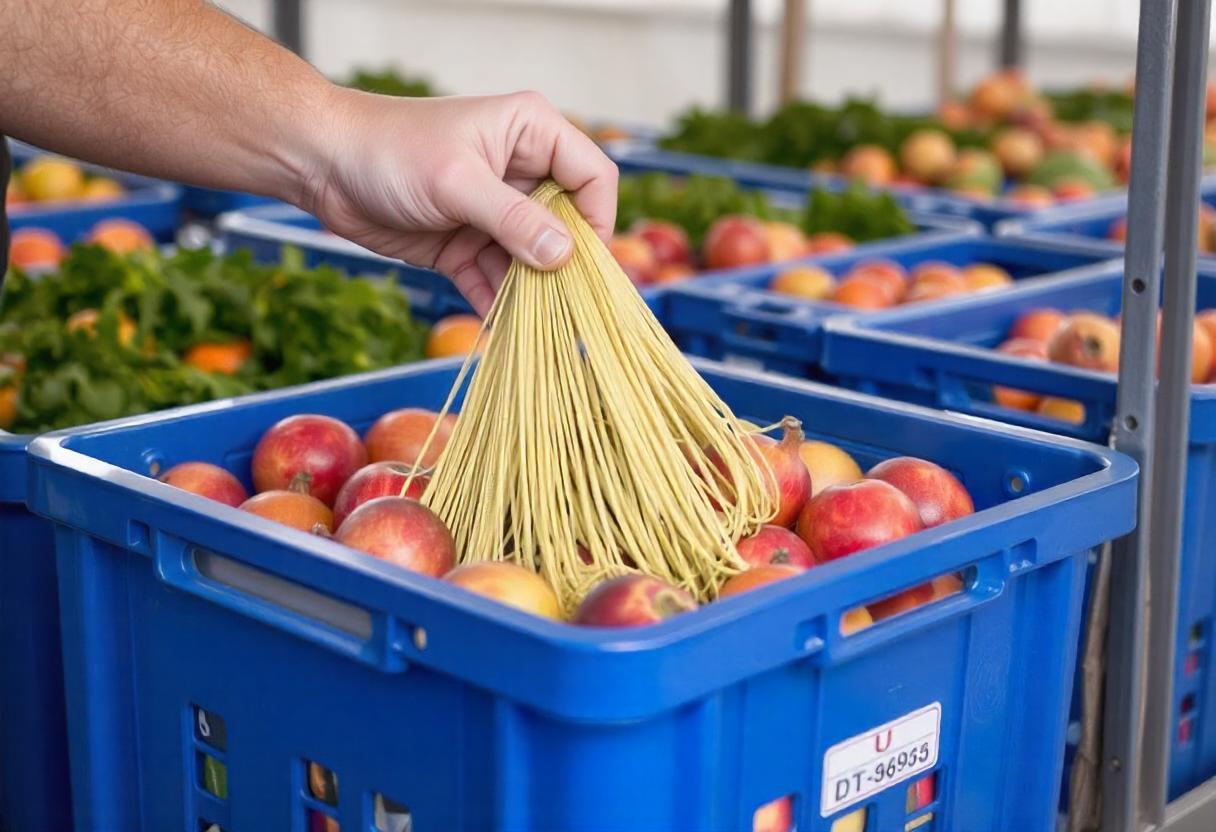
Post-harvest handling and storage are crucial aspects of agriculture that directly impact the quality, safety, and profitability of agricultural products. Proper management of these processes ensures that produce reaches consumers in optimal condition.
Importance of Post-Harvest Handling
Post-harvest handling involves the various processes and techniques used from the time crops are harvested until they are consumed or processed. This stage is essential to minimize losses and maintain the quality of the produce. Effective post-harvest handling helps reduce spoilage, prevent contamination, and preserve the nutritional value of the crops.
Key Phases in Post-Harvest Handling
- Harvesting: The timing and method of harvesting are critical. Crops should be harvested at the right maturity stage to ensure optimal quality. The method of harvesting, whether manual or mechanical, should minimize damage to the produce.
- Cleaning: After harvesting, crops need to be cleaned to remove dirt, debris, and any damaged or diseased parts. This step is vital for preventing mold growth and extending shelf life.
- Sorting and Grading: Sorting involves separating produce based on size, color, and quality. Grading classifies the produce into different quality levels, which helps in determining the appropriate market price and ensuring uniformity in the final product.
- Packaging: Packaging plays a significant role in protecting the produce during transportation and storage. The choice of packaging material should be suitable for the type of produce and its storage requirements.
- Cooling: Cooling reduces the temperature of the produce to slow down the metabolic processes that cause spoilage. Various cooling methods, such as refrigeration or using ice, can be employed depending on the type of crop.
Storage Methods
Different crops have specific storage requirements. The main storage methods include:
- Cold Storage: This involves storing produce at low temperatures to extend shelf life. Cold storage facilities should be maintained at the appropriate temperature and humidity levels for each type of crop.
- Controlled Atmosphere Storage: This method involves regulating the levels of oxygen, carbon dioxide, and humidity to slow down the ripening process and reduce spoilage.
- Dry Storage: For crops that do not require refrigeration, dry storage conditions with controlled temperature and humidity can be used to prevent mold growth and deterioration.
- Bulk Storage: Large quantities of produce are often stored in bulk. Proper ventilation and regular monitoring are essential to prevent spoilage and maintain quality.
Pest and Disease Management
Effective pest and disease management is critical in post-harvest handling. Regular inspection and treatment of stored produce are necessary to prevent infestations and outbreaks. Integrated pest management strategies, including the use of biological controls and proper sanitation practices, can help in minimizing pest-related issues.
Transportation Considerations
Transportation is a key aspect of post-harvest handling. Proper loading and unloading techniques, as well as maintaining appropriate conditions during transport, are essential to prevent damage and spoilage. Vehicles used for transporting produce should be clean, well-maintained, and equipped to handle specific storage requirements.
Quality Control and Monitoring
Ongoing quality control and monitoring are necessary throughout the post-harvest handling and storage processes. Regular checks for temperature, humidity, and overall produce condition help ensure that the quality is maintained and any issues are addressed promptly.
By adhering to these practices, producers can enhance the shelf life, quality, and safety of their products, ultimately leading to better marketability and reduced losses.